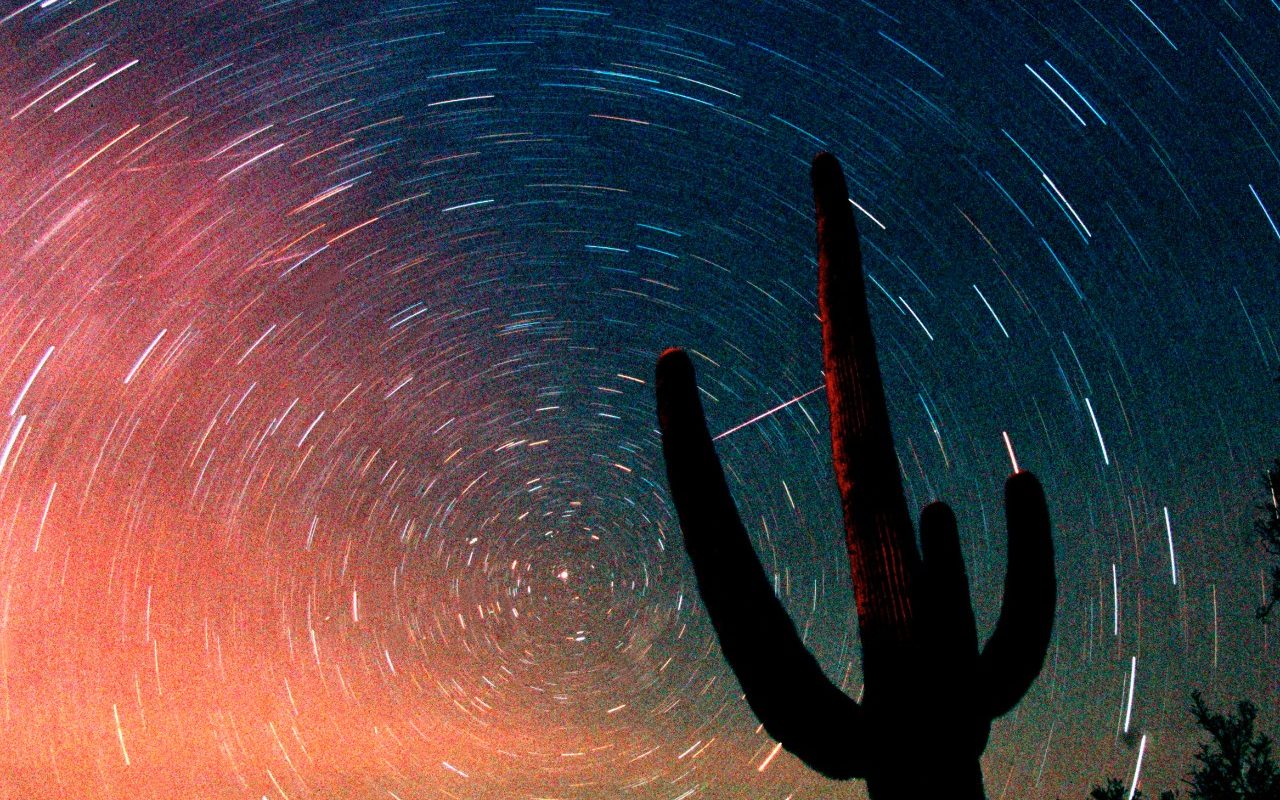[ad_1]

Many of us have marked our calendars for November 17 and 18 in the hope of catching a glimpse of the Leonid meteor shower as it reaches its peak.
The shower occurs when the Earth passes through the Tempel-Tuttle comet, which rotates around the Sun every 33 years. When this happens, thousands of shooting stars are visible from our planet, but, unfortunately, this will not necessarily be the case this year, as the next impressive display is not expected until 2034.
It is hoped that during its peak, viewers will be able to spot approximately 10 to 20 meteors per hour. However, this may be a little optimistic, as the meteors may fall under the horizon across the UK.
But don’t worry if you miss out on seeing the Leonids, as there are plenty of other opportunities throughout the rest of the year to see the sky full of streaks of light.
Here, we have compiled a complete guide on when, where and how you can see the other meteor showers of 2021 as well as 2022.
What exactly is a meteor shower?
A meteor shower occurs when Earth passes through the debris stream occupying the orbit of a comet or, in simpler terms, when a number of meteors flash across the sky from roughly the same point.
Meteors are sometimes called shooting stars, although they actually have nothing to do with stars.
Perspective makes meteor showers appear to emanate from a single point in the sky known as the shower radiant. The typical meteor results from a particle – the size of a grain of sand – vaporising in Earth’s atmosphere when it enters at 134,000mph.
Anything larger than a grape will produce a fireball, which is often accompanied by a persistent afterglow known as a meteor train. This is a column of ionised gas slowly fading from view as it loses energy.
Meteor, meteoroid or meteorite?
A meteor is a meteoroid – or a particle broken off an asteroid or comet orbiting the Sun – that burns up as it enters the Earth’s atmosphere, creating a “shooting star”.
Meteoroids that reach the Earth’s surface without disintegrating are called meteorites.
Meteors are mostly pieces of comet dust and ice no larger than a grain of rice. Meteorites are principally rocks broken off asteroids in the asteroid belt between Mars and Jupiter and weigh as much as 60 tonnes.
They can be “stony”, made up of minerals rich in silicon and oxygen, “iron”, consisting mainly of iron and nickel, or “stony-iron”, a combination of the two.
Scientists think about 1,000 tons to more than 10,000 tons of material from meteors falls on Earth each day, but it’s mostly dust-like grains, according to Nasa, and they pose no threat to Earth.
There are only two recorded incidents of an injury caused by a meteorite. One of these instances saw a woman bruised by a meteorite, weighing eight pounds, after it fell through her roof in 1954.
Other meteor shower dates for 2021
Geminid meteor shower
The Geminid meteor shower occurs from December 4-17 and will peak around December 13-14 in 2021. They appear from the Gemini constellation, hence its name.
The shower occurs when the Geminids’ orbit brings the 3200 Phaethon asteroid close to the Sun, and, its surface material fractures and breaks away. As the Earth passes through this debris every mid-December, they burn up in our atmosphere. This creates the meteors which are visible in our sky.
The good news for space enthusiasts across the UK is that the shower favours observers in the Northern Hemisphere, meaning you are likely to catch as many as 120 meteors an hour during its peak. They also vary in colour, which makes this one of the most beautiful showers across the calendar.

